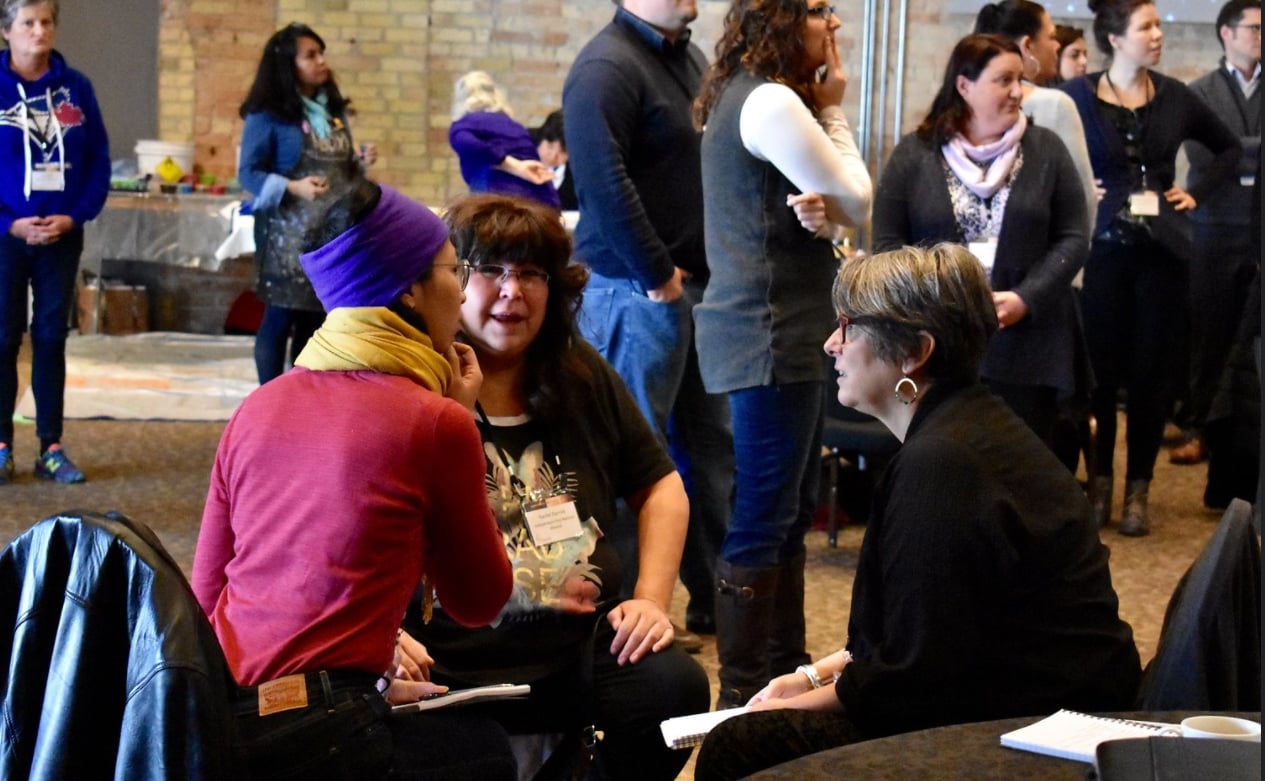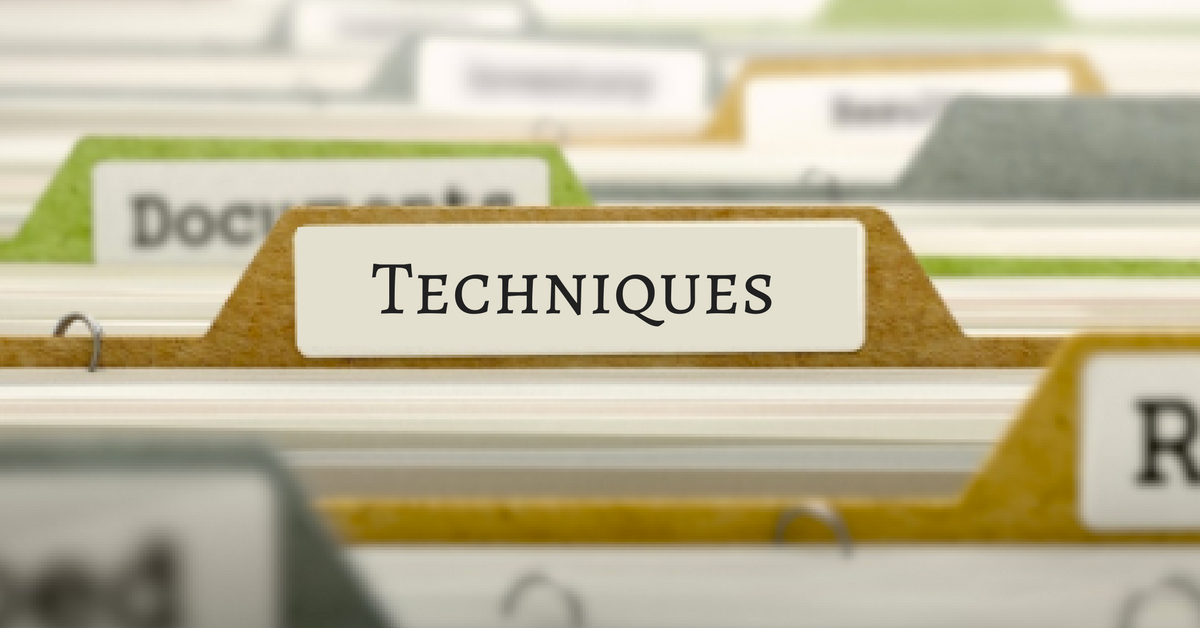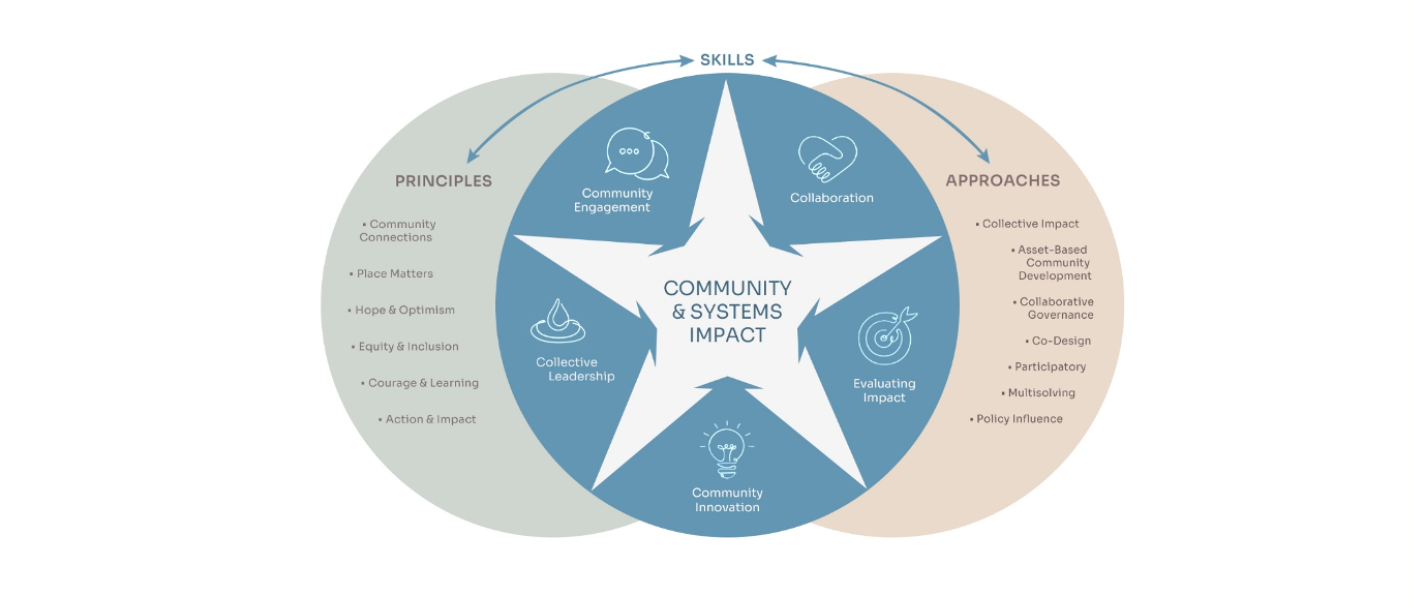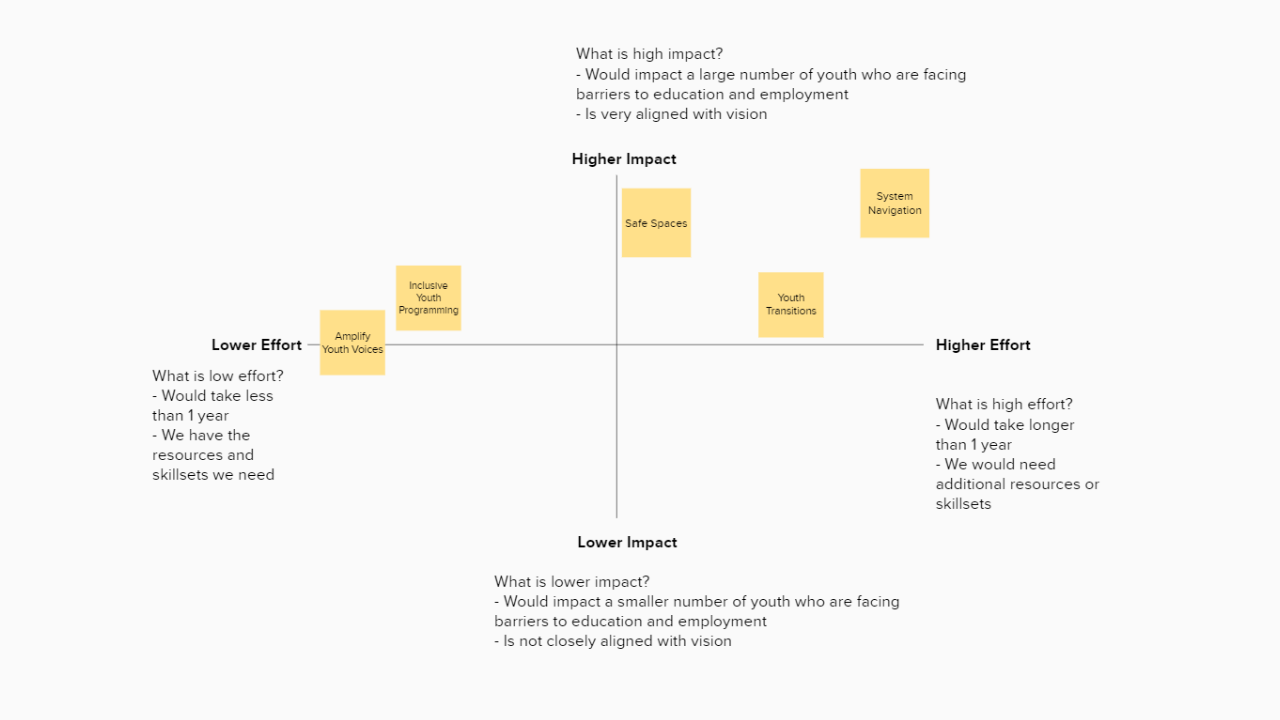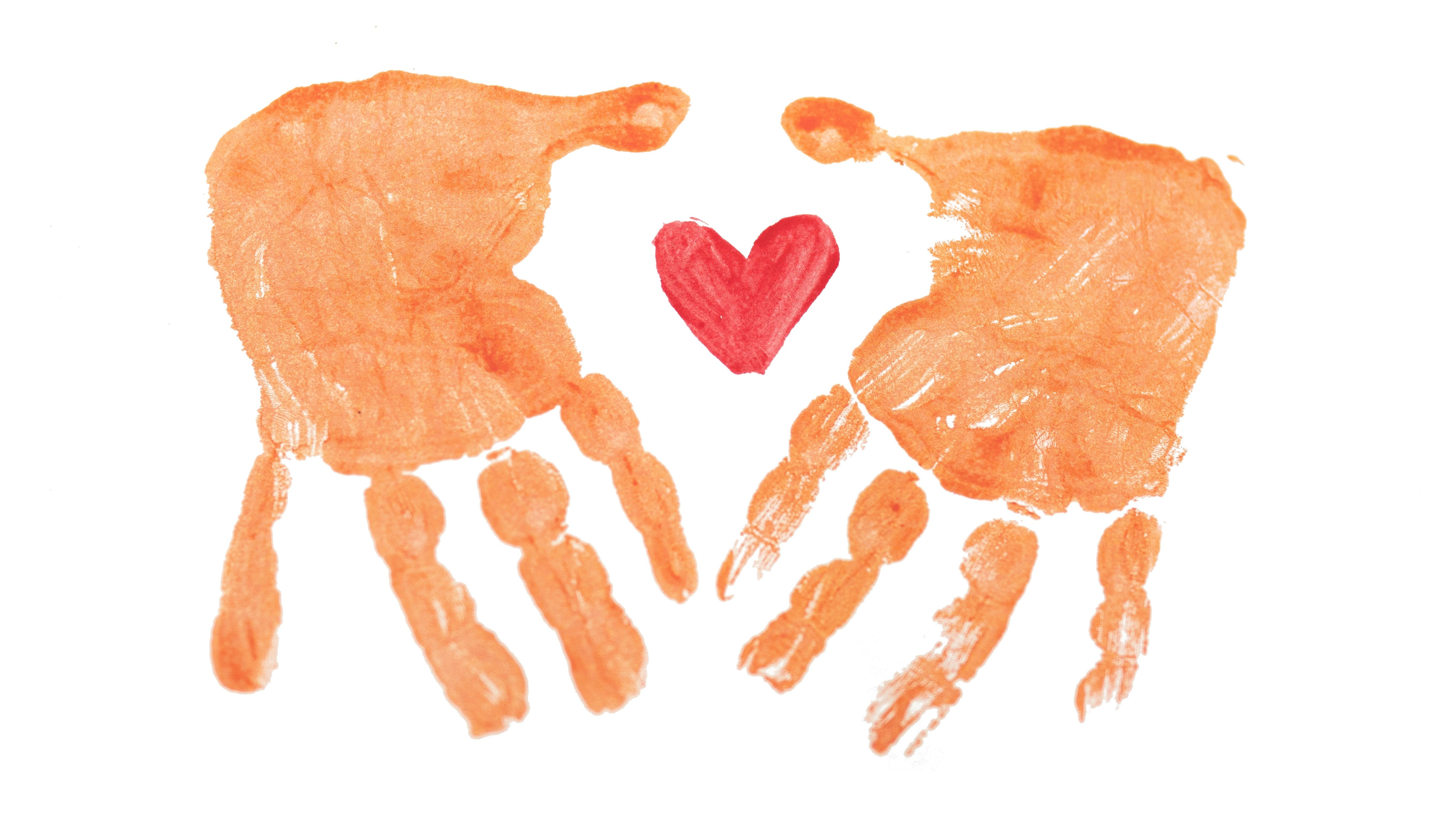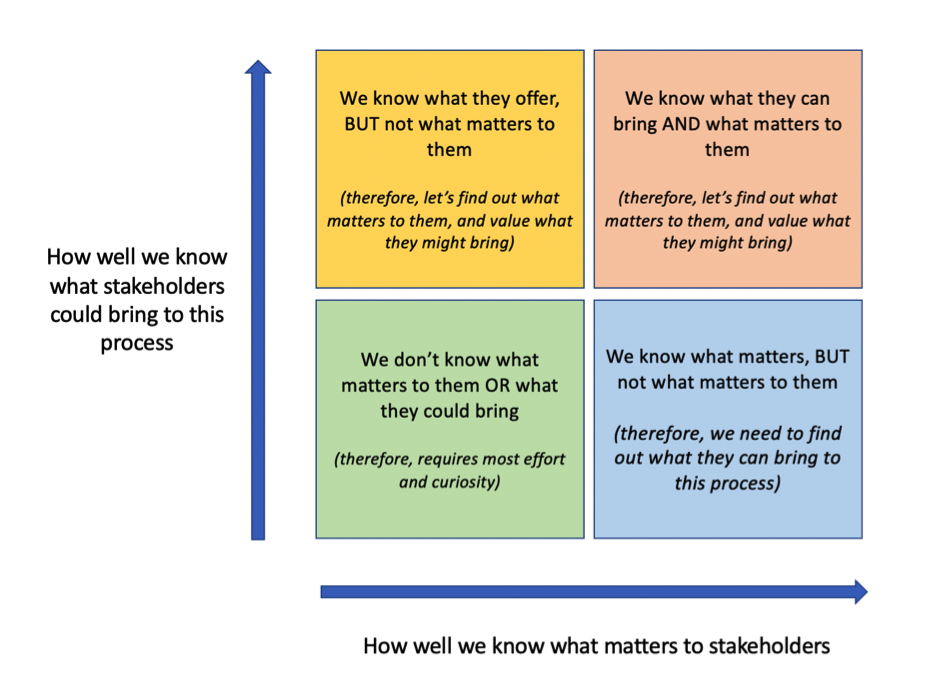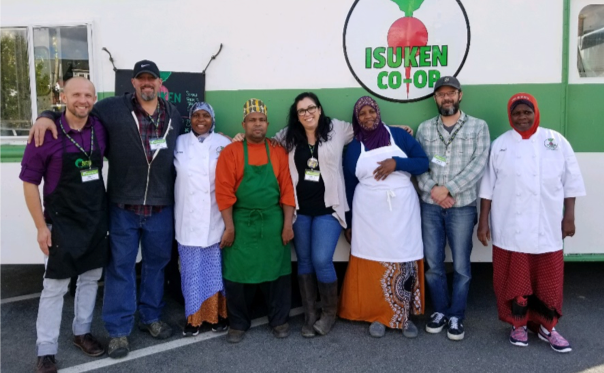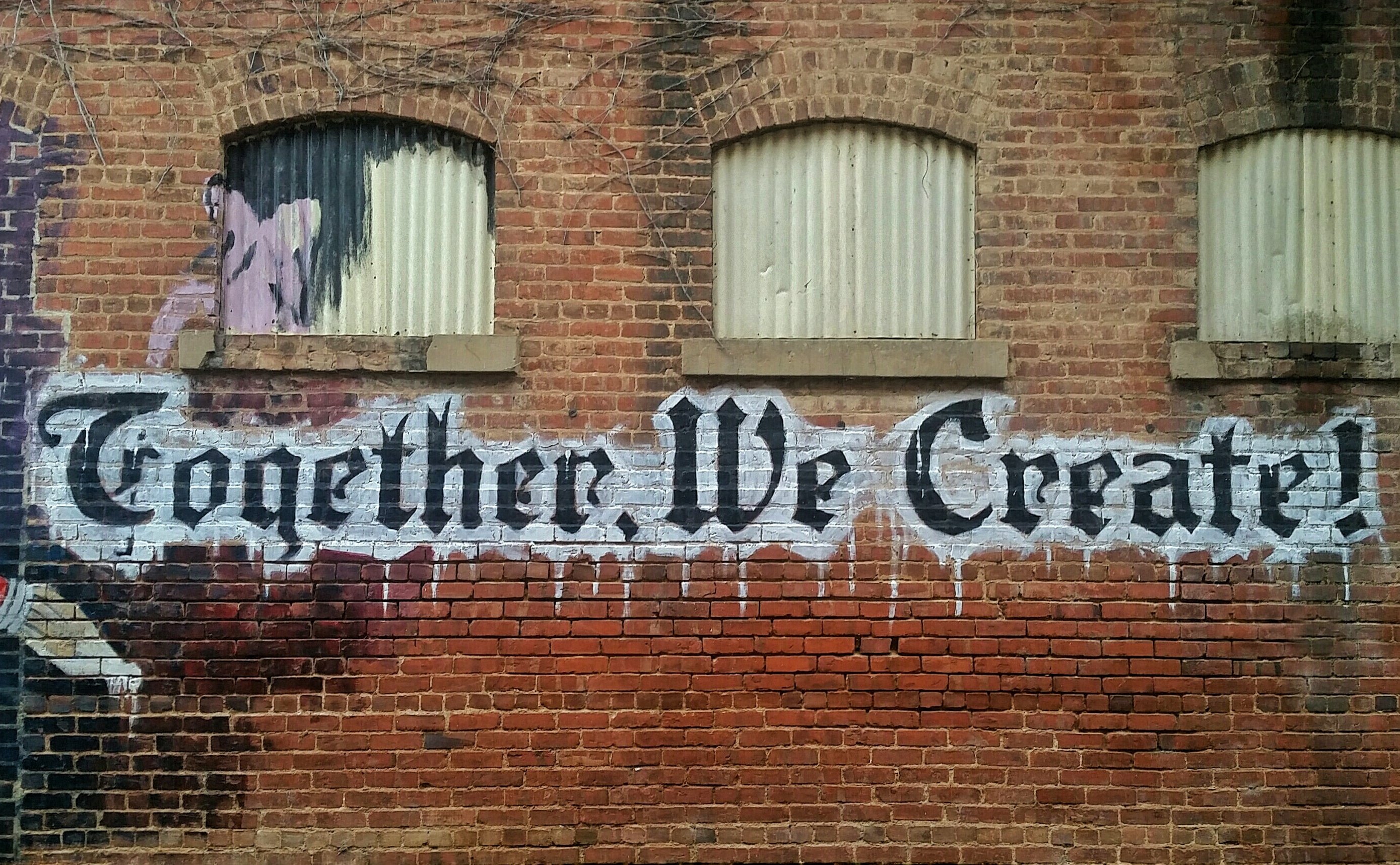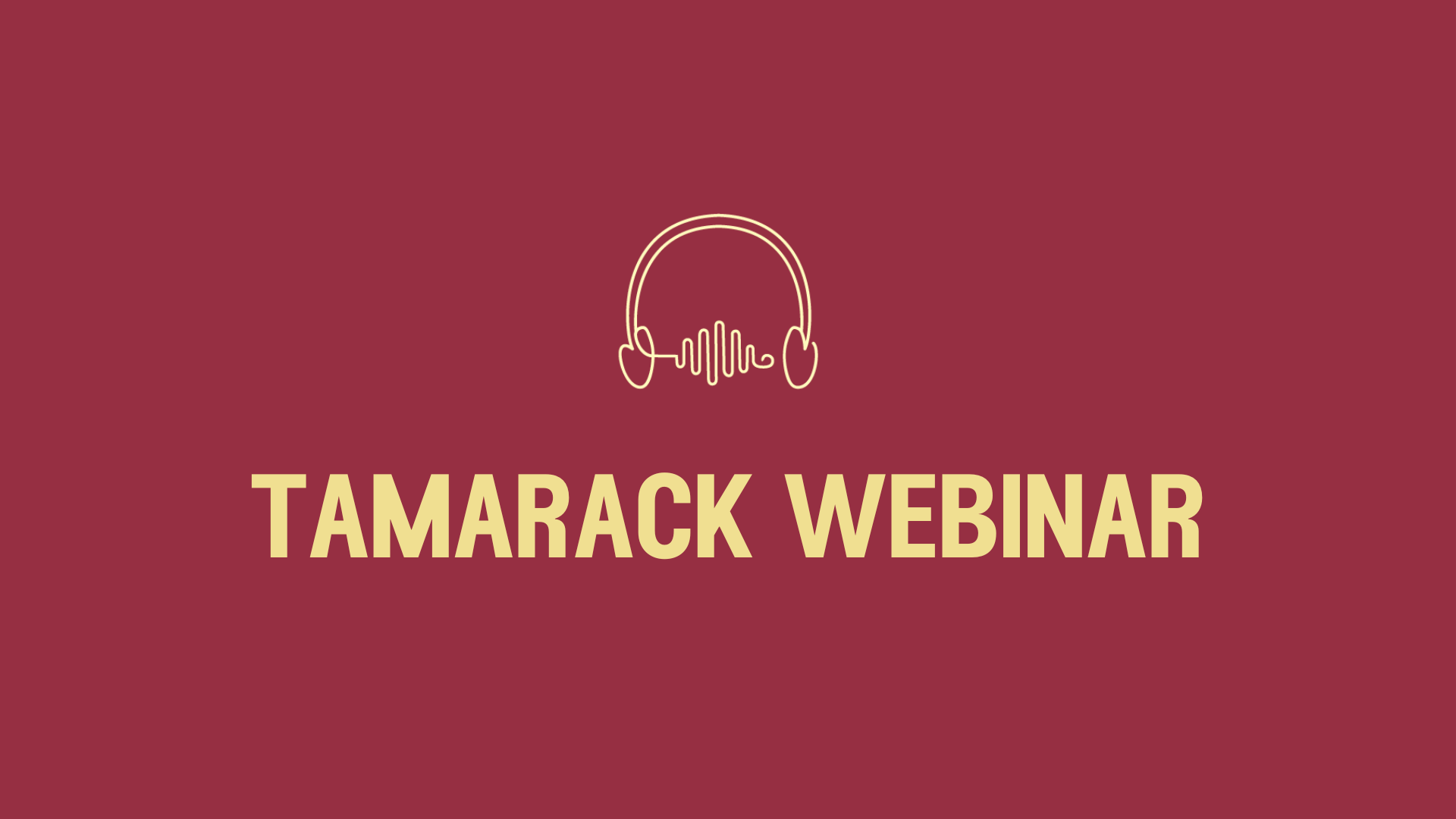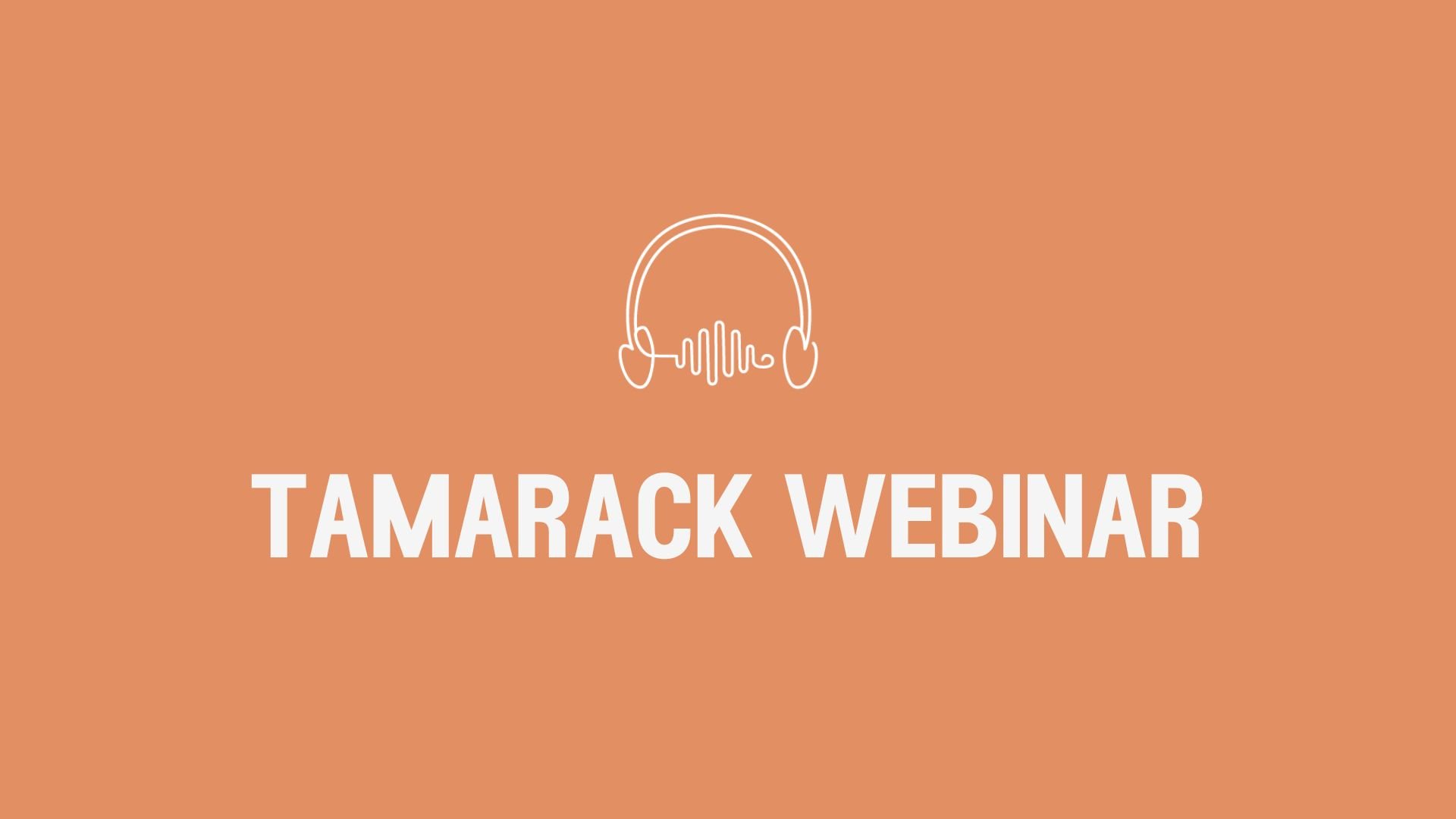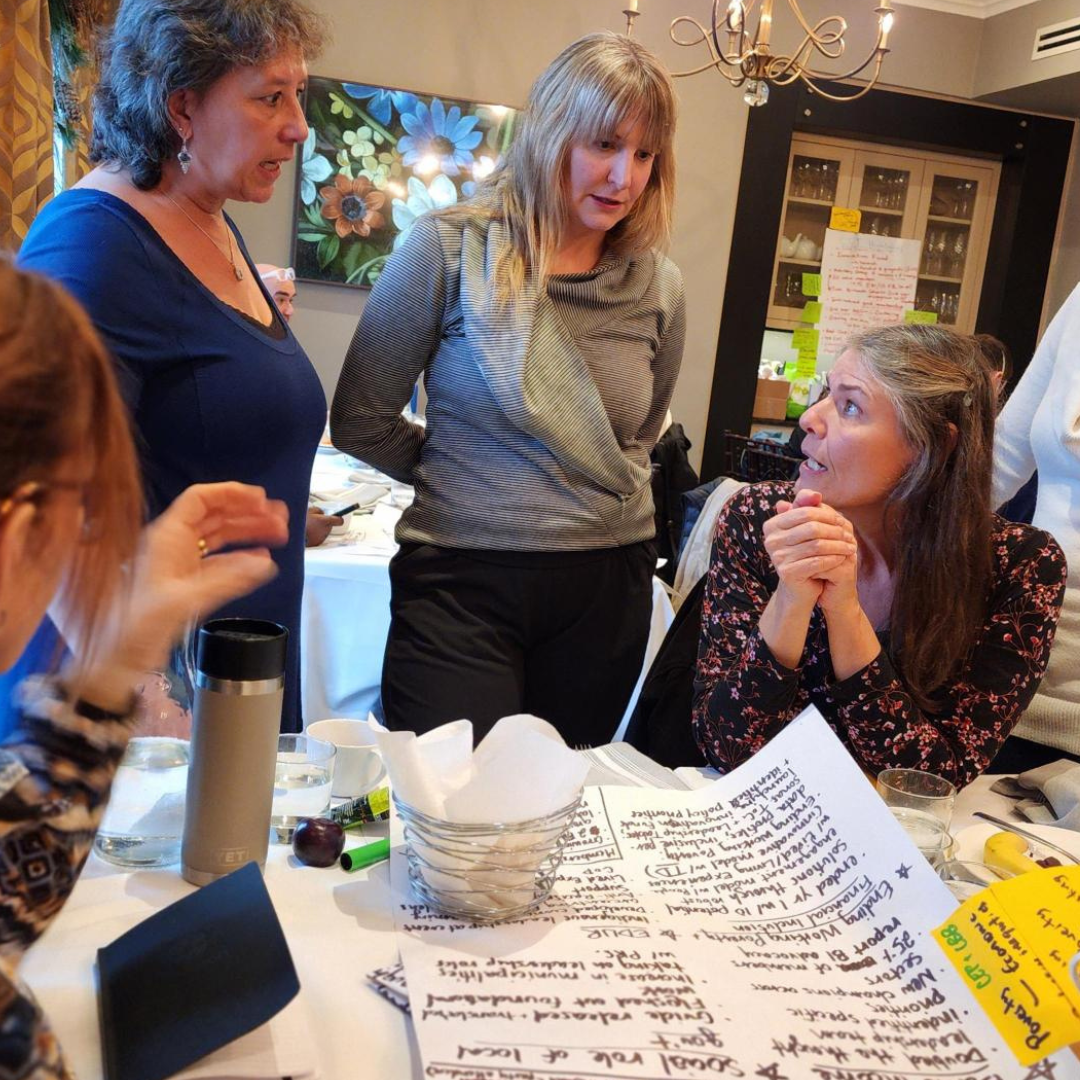
community engagement
Authentic community engagement ensures that the people who are closest to an issue, place, or opportunity, are involved in creating bold visions for their future. This includes learning together, building capacity, building relationships, and making decisions. Community engagement increases community cohesion and allows community members to have ownership over the outcomes that will ultimately impact them.


Article
Virtual Community Engagement in Indigenous and Remote Communities
Amanda Sheedy reflects on the importance of her past experiences engaging with Indigenous and remote communities across Turtle Island in informing the Virtual Community Engagement Guide.
Tamarack is uniquely positioned to act as a bridge between theory and practice, teaching and coaching organizations, municipalities and groups to engage their communities meaningfully. We are leaders in applying community engagement to systems-thinking in order to work collaboratively for community-wide change.
getting started
Community Engagement Planning Canvas
Understanding Community-Led Approaches to Community Change
Creating the Culture for Engagement
Index of Community Engagement Techniques
The Context Experts
Making the Case for Arts-Based Engagement
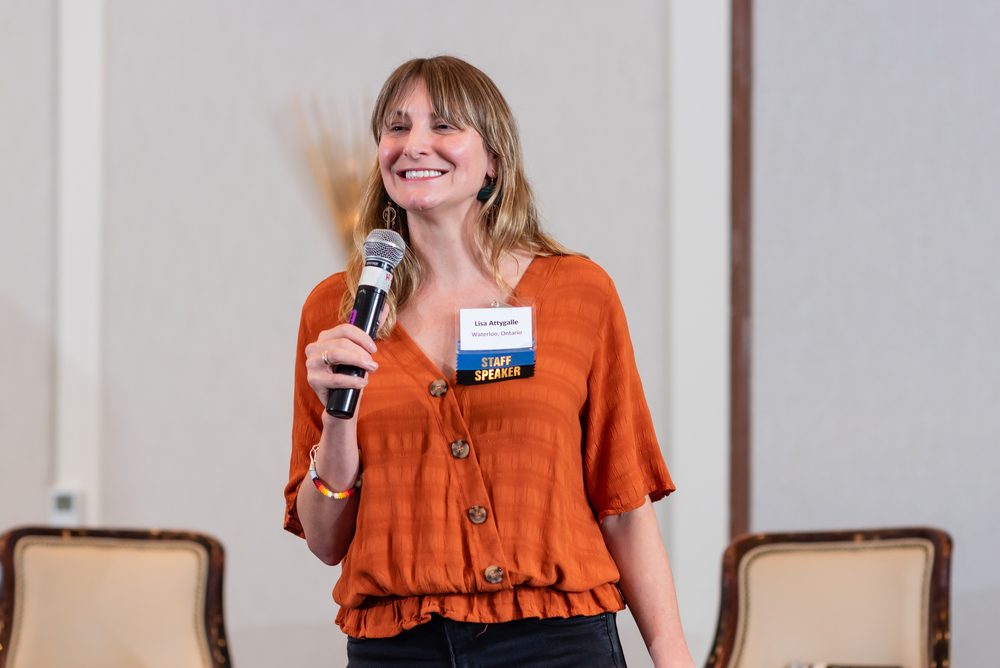
meet the director
Lisa is a Consulting Director of Tamarack Institute’s Community Engagement skill area. She believes in the power of people coming together to shape their future and loves engaging in ways that shake things up. She cares deeply about shifting power, extending trust, and bringing creativity to community change work. As a practitioner, Lisa draws on her experience as an artist, parent, coach, and co-owner of a community cafe.

Current Themes Being Explored:
- Arts-Based Engagement
- What are the benefits of arts-based-engagement?
- What are the methodologies for arts-based engagement and how do you do it?
- How do you evaluate these more creative and participatory engagement methods?
- Communicating Impact
- Crisis communications
- Communicating results and sharing impact
- Trust-based philanthropy and reporting on impact
- How to make a ‘living document’
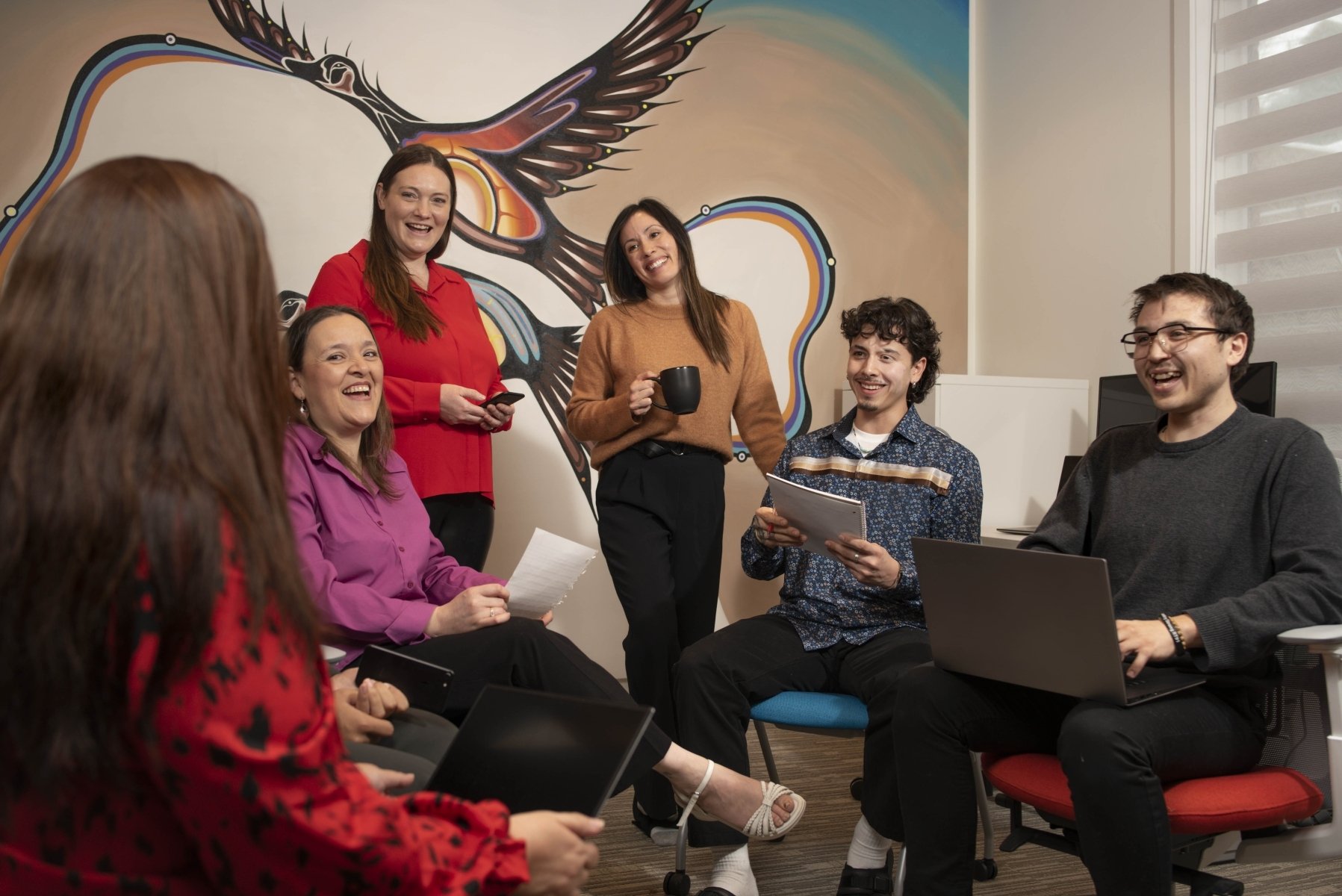
Community Engagement

Community Engagement
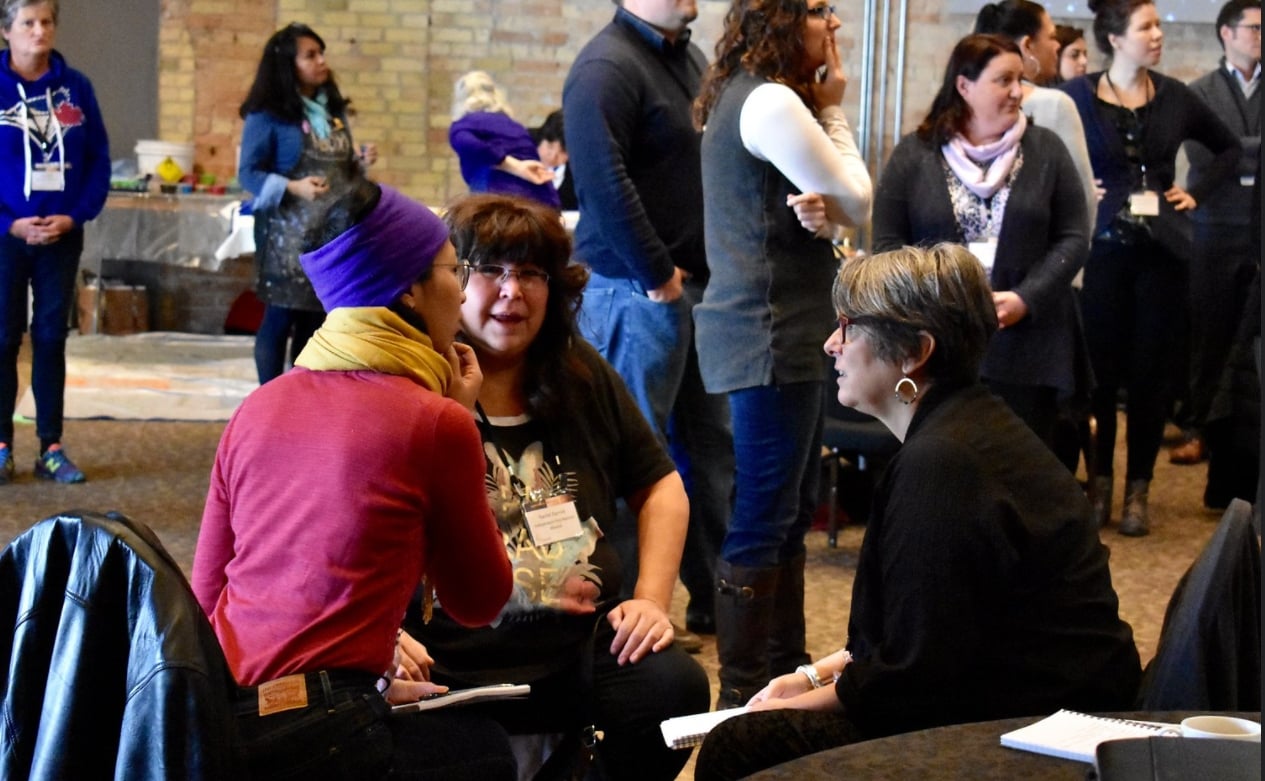
Community Engagement
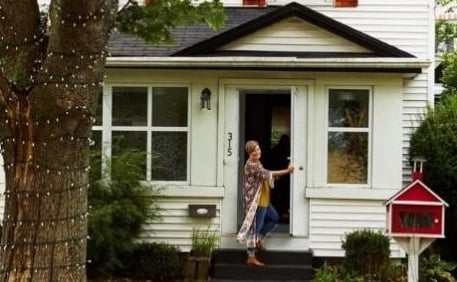
Community Engagement
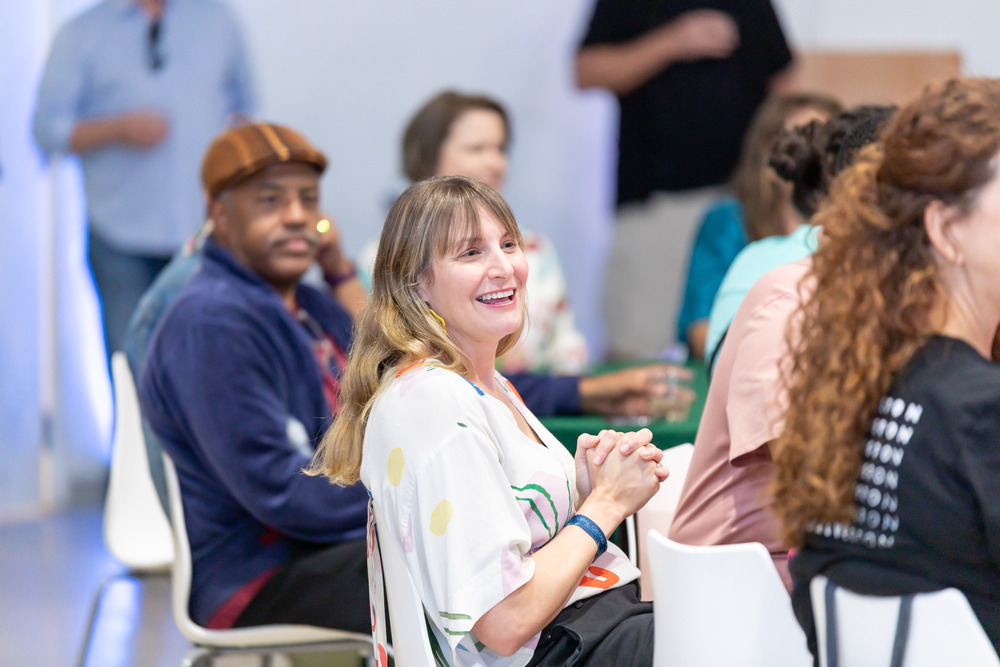
Community engagement is a foundational practice of community change
Tamarack’s experience has shown that one of the most effective ways to challenge our own biases and generate the new thinking necessary to solve community challenges is to emphasize diversity and welcome the perspectives and insights that are brought by those whose experiences are different from our own.
Community engagement is rooted in the belief that the best solutions to complex community issues are most often discovered when a dedicated group of community leaders, from multiple perspectives, work together to better align their efforts and partner together on new community innovations.
But engaging diverse perspectives to work well together is not always easy. It requires people to be willing and able to suspend their belief that they have “the answer” and instead become curious about the experiences of others to broaden their understanding. To do this, all must let go of blame and judgment and slow down our thinking to create a common language and a richer appreciation of their shared issue.
upcoming events
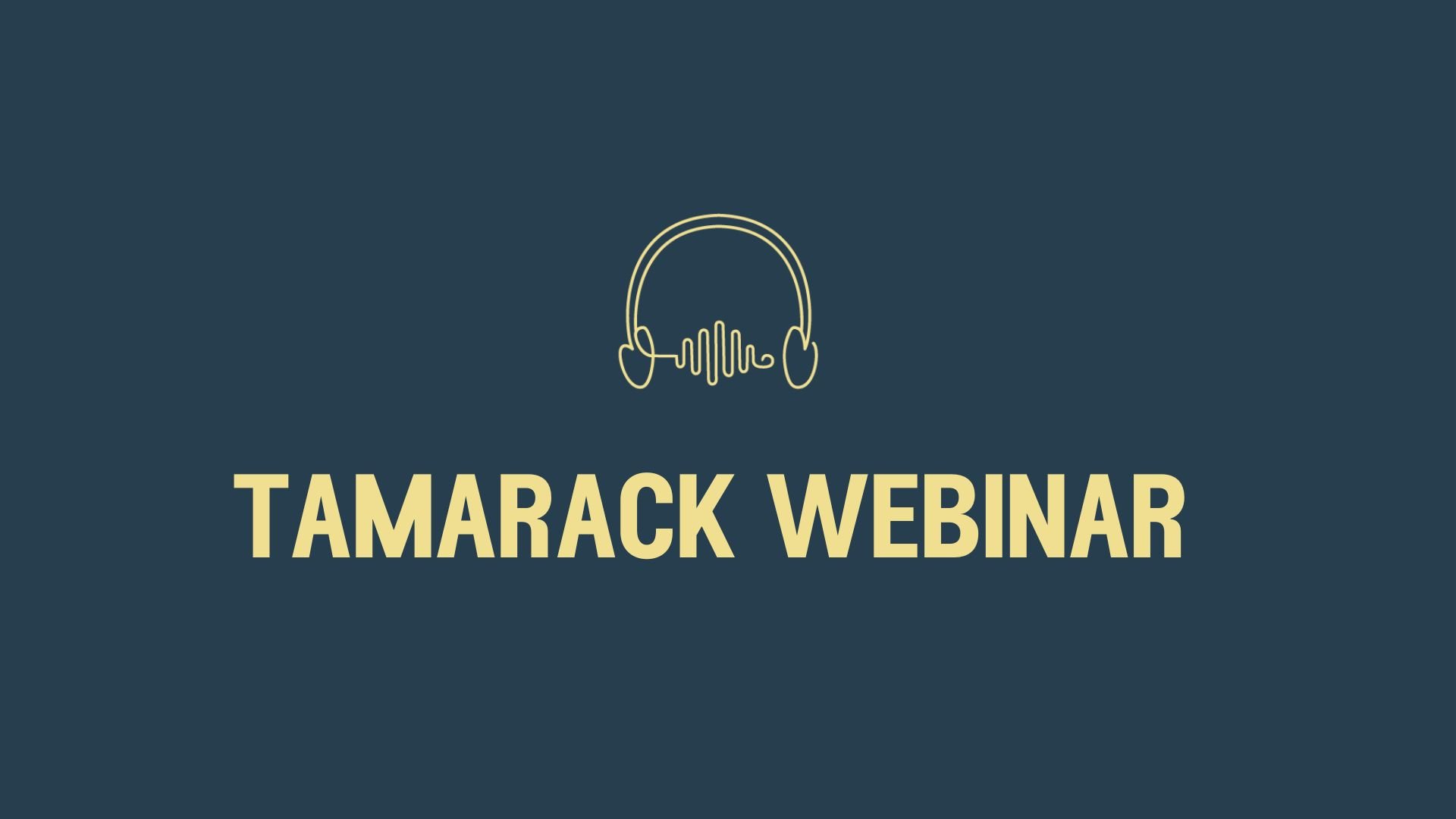
1/21/26 1:00 PM EST @ 1:00 PM ET

1/22/26 1:00 PM EST @ 1:00 PM ET
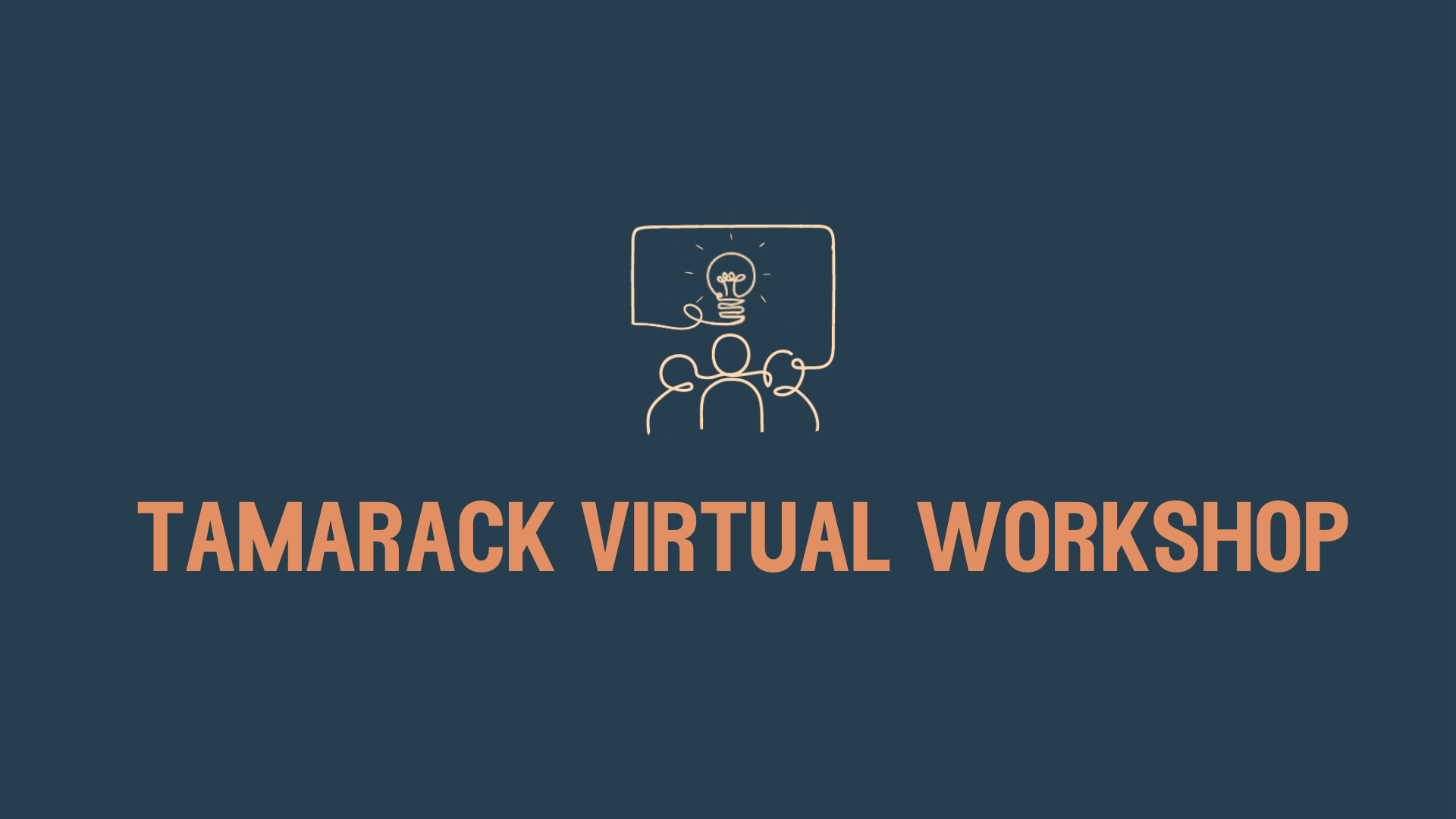
3/5/26 1:00 PM EST @ 1:00 PM ET

3/26/26 1:00 PM EDT @ 1:00 PM ET
get in touch
We’re happy to answer questions, discuss community issues and direct you to trusted resources. Get in touch with a specific team member or submit a general inquiry.
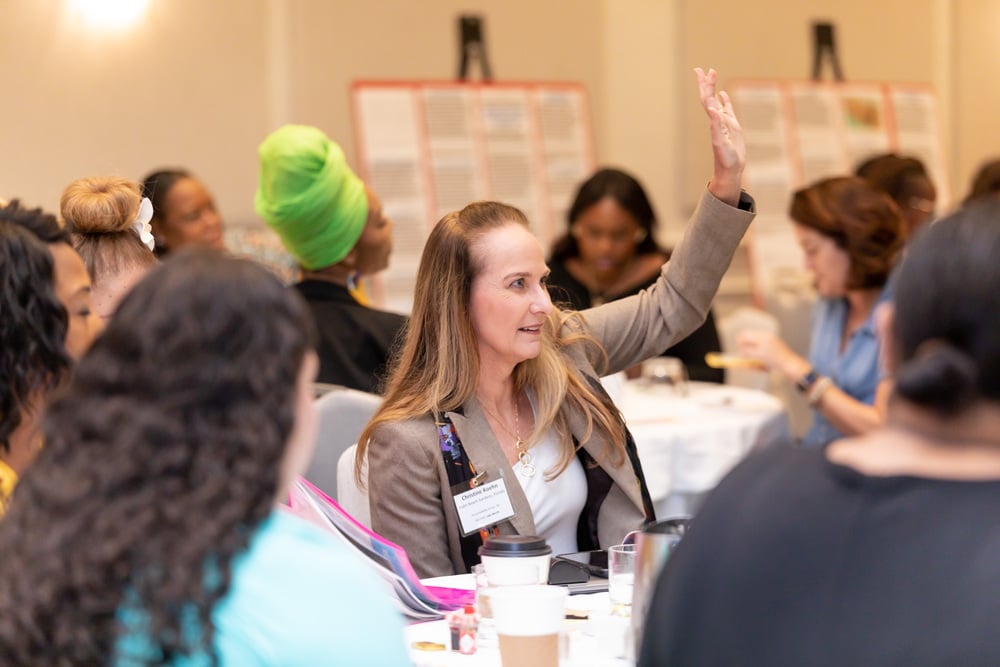
stay up to date
Enter your email and choose your subscriptions.


